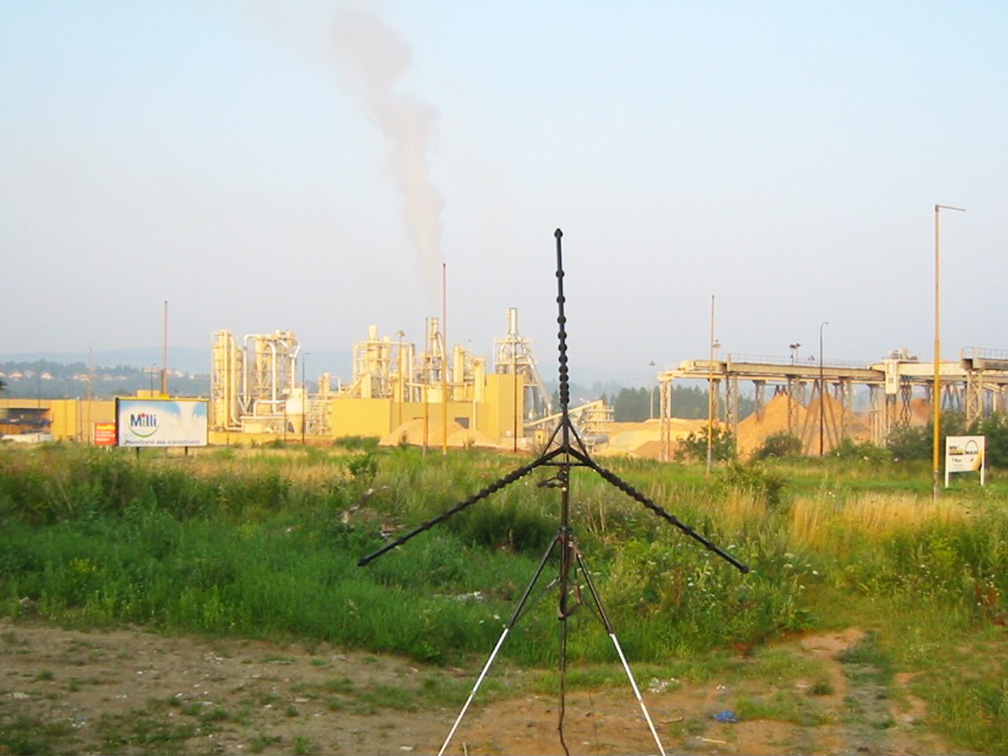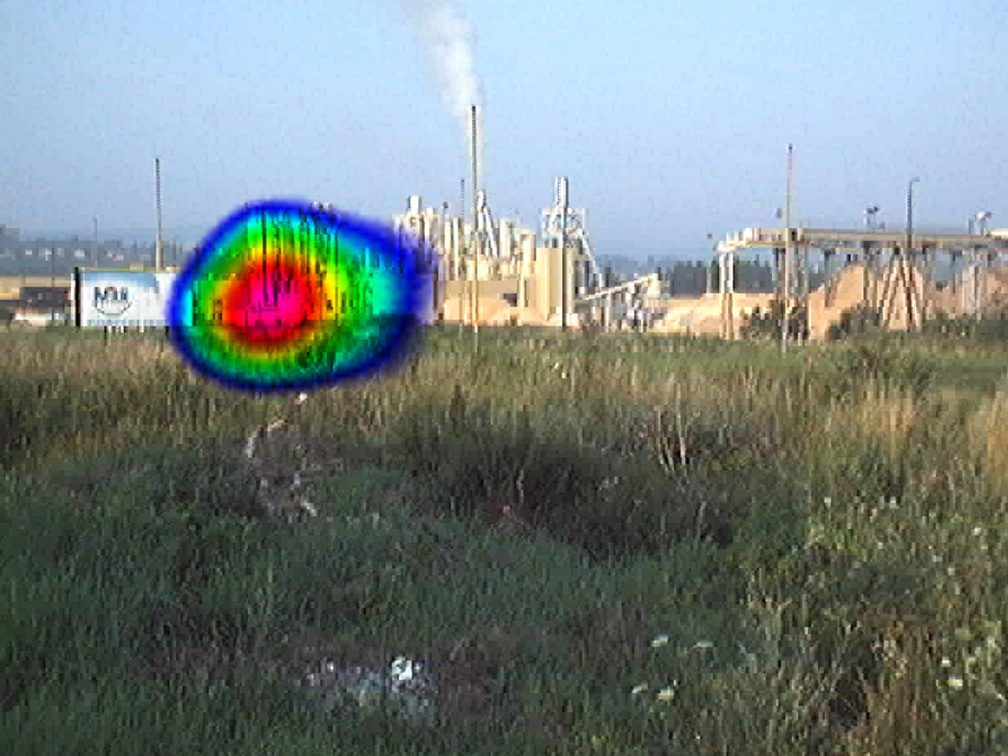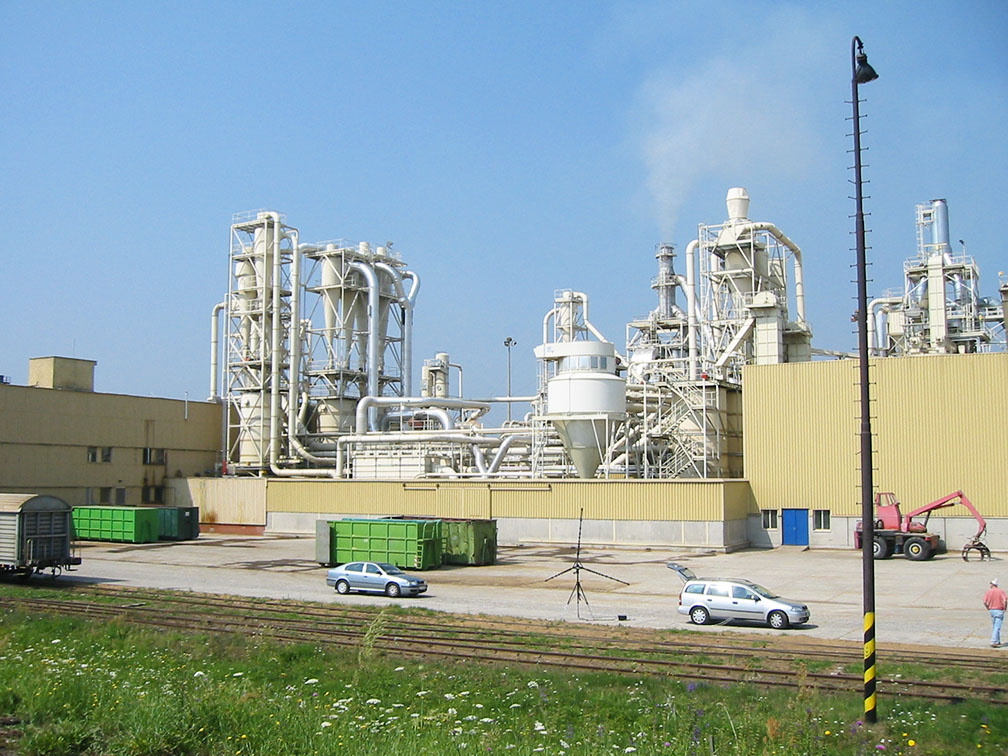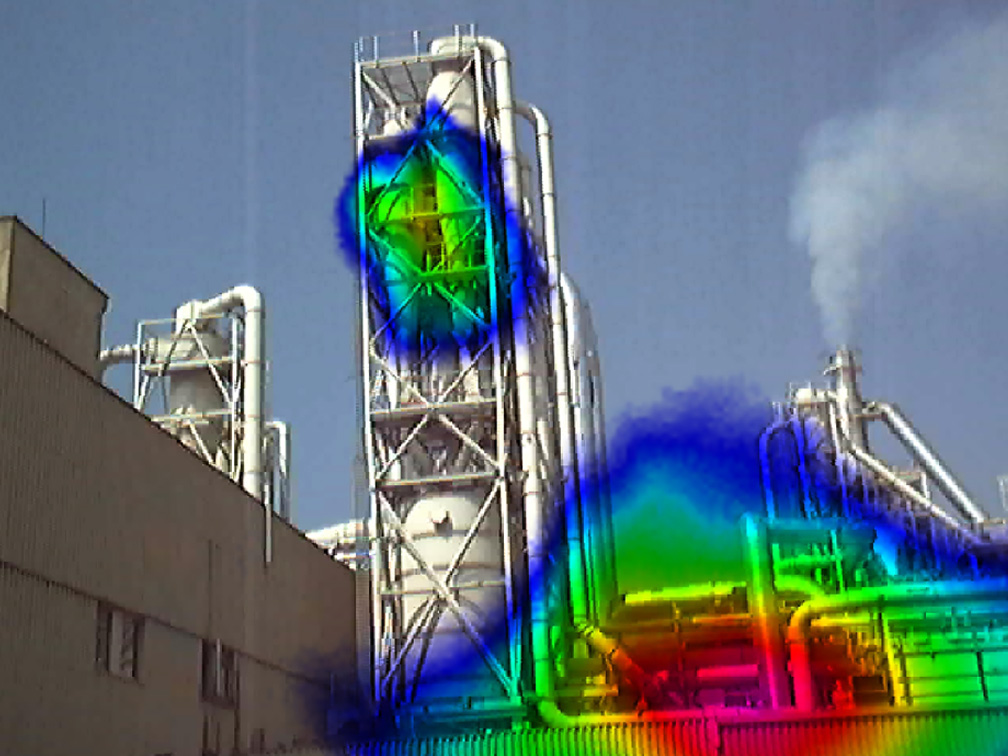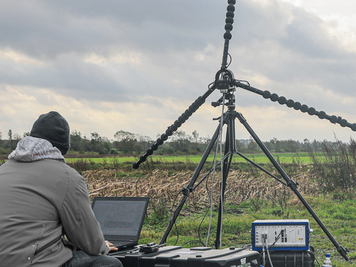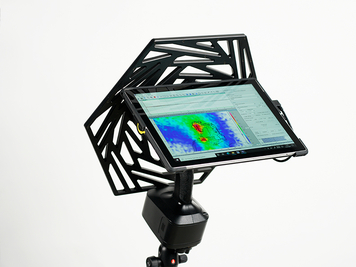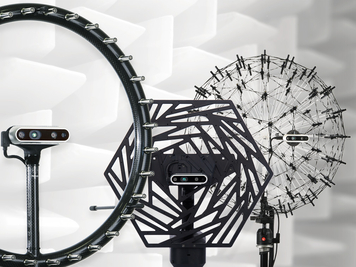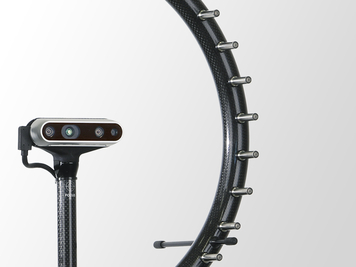If sound is perceived as annoying or even painful, it becomes noise. We are often exposed to noise daily, to environmental noise. This type of noise can have different origins. A distinction is made between industrial, construction, transport, leisure and neighborhood noise. This noise can reach our ears either directly or in more complex ways like through reflections, diffraction, conversion of structure-borne sound to air-borne sound.
In case of a complaint, on one hand, the operator of an industrial plant can use the Acoustic Camera to find out where measures could be taken. On the other hand, an operator can use the sound localization system to prove that this noise is not coming from his facility, but someone else is causing the problem.

